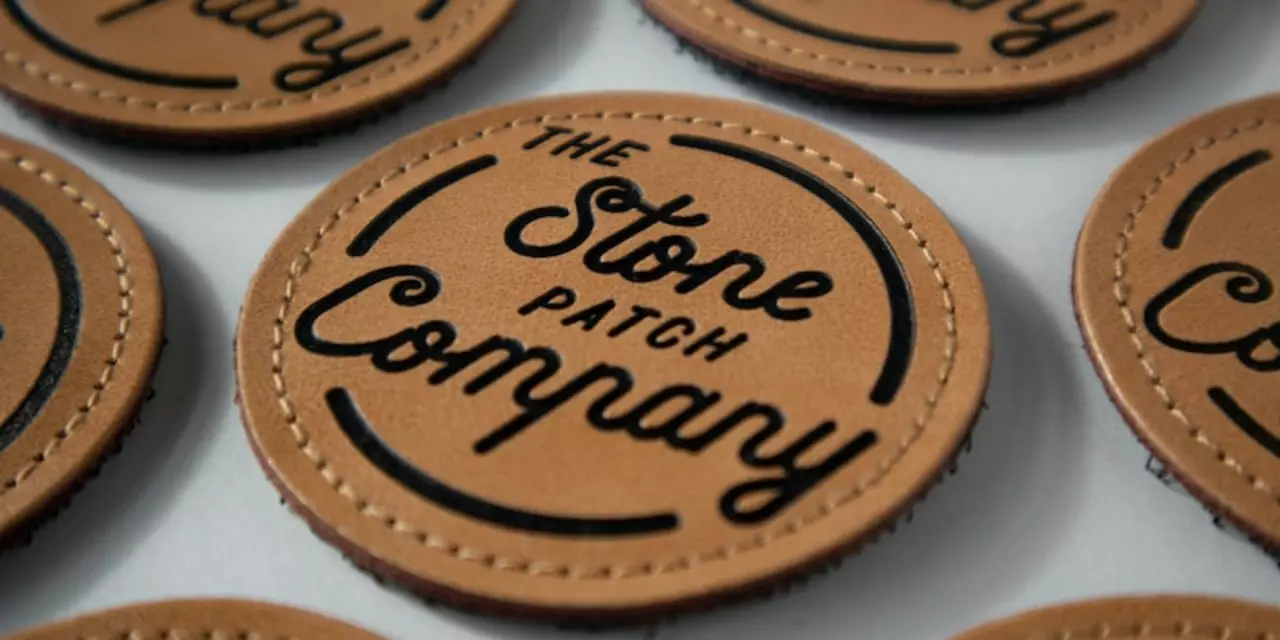Word – Soccer Betting Wins Tag Overview
Ever wonder why a single word can change how you bet on soccer? On this page we collect every article that mentions that magic word. Whether it’s a strategy, a player name, or a betting term, each post gives you a practical tip you can use right now.
Why the word matters in betting
Words shape how we think about a match. Saying a team is "in form" makes you picture confidence, while calling a game "tight" hints at a close finish. Those subtle cues help you set the right stake. In our articles we break down the language of odds, the phrasing of injury reports, and the jargon behind live streams. By paying attention to the exact words writers use, you can spot hidden value and avoid common traps.
Top posts tagged with "word"
Here are a few must‑read pieces that show the power of the right word:
Coventry City Thrash Birmingham City 3‑0 – Live Stream Details and Full Match Recap – The word "thrash" tells you the game was one‑sided, so betting on a high margin was smart. The article also points out the red card that turned the match.
How to score from the long range in soccer? – The word "long range" signals a specific skill set. Learn the foot placement and power‑to‑precision ratio the author explains, and you’ll know when to back a player who loves blasting from distance.
Which brand makes a better soccer ball, Nike or Adidas? – The word "better" is subjective, but the post compares durability and touch. Use those details when a tournament specifies a particular ball brand.
Each post on this tag gives a concrete example of how a single word can guide your betting decision. Skim the headlines, click the ones that spark interest, and you’ll walk away with actionable ideas.
Ready to put these insights to work? Browse the list below, pick a article that matches the bet you’re planning, and apply the tips right away. The right word can turn a vague hunch into a clear strategy, and that’s the edge every bettor needs.

- Mar 3, 2023
- Blaise Kendall
- 0 Comments
How do you trademark a word that you made up?
A trademark is a unique word, phrase, symbol, or design that identifies and distinguishes the source of goods or services. To trademark a word that you have created, you must first search the USPTO database to make sure that no one else is using the word for similar goods or services. Once you have confirmed that the word is available, you can file an application with the USPTO. The application must include accurate descriptions of the goods and services associated with the word. After the application is approved, you will receive a trademark registration certificate which you must use to protect your mark. Finally, you must monitor the use of the mark and take action against any unauthorized use.